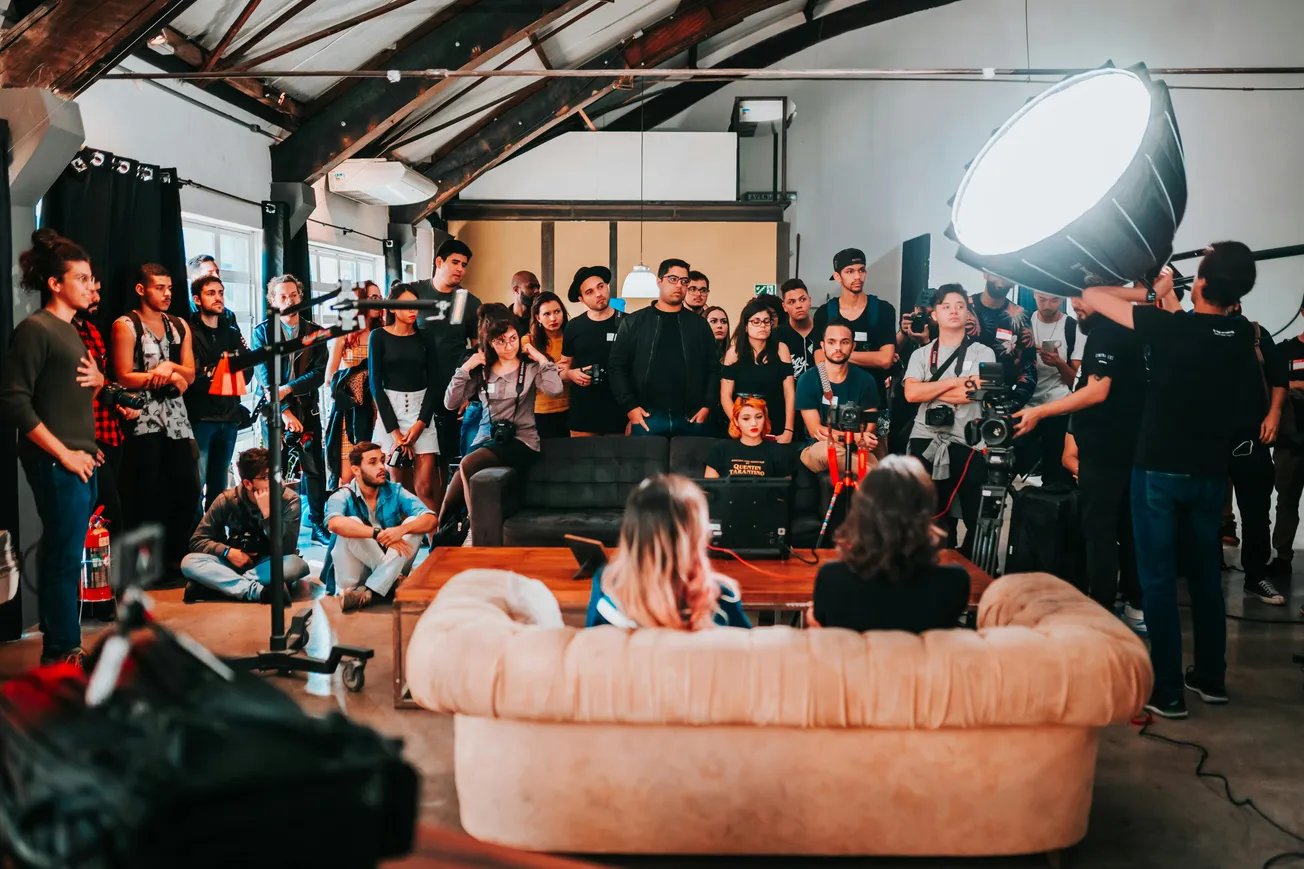In a world where content creation speed is as important as quality, your video editing software can either be your greatest asset or your biggest barrier. Whether you are a solo YouTuber, a podcast production team or a brand publishing daily content, slow video workflows hurt your output and your bottom line.
In this article, we will unpack the reasons why your software might be slowing you down and the solutions that can save you hours of time.
1. Heavy System Requirements and Laggy Performance
Modern video editors like Adobe Premiere Pro, Final Cut Pro and DaVinci Resolve are powerful, but they are also resource-intensive. On underpowered systems or outdated hardware, you might experience:
- Slow rendering times
- Lag when scrubbing through footage
- Crashes when working with large files or high-resolution video
Solution:
- Upgrade your hardware (especially RAM, GPU, and SSD storage)
- Use proxy editing (low-res previews)
- Opt for lighter software like CapCut, Descript or Camtasia for simpler projects
2. Clunky User Interfaces
Overloaded or unintuitive UIs can waste precious minutes, and even hours, every week. If your software requires multiple nested menus or dozens of clicks to complete simple edits, your workflow is inefficient.
Solution:
- Look for customizable interfaces (e.g., Premiere Pro workspaces)
- Consider minimalist tools like VEED, Lumen5 or iMovie that streamline common tasks
- Use keyboard shortcuts and macros to speed up repetitive actions
3. Poor Collaboration Features
Content teams working remotely often struggle with software that was not built for modern collaboration. Traditional editors require manual file transfers, duplicate edits or confusing feedback loops.
Solution:
- Use cloud-based platforms like Frame.io, WeVideo, or Adobe Creative Cloud with team sharing
- Leverage AI tools like Runway or Descript that include automatic transcription, editing and review features in one place
4. Limited Automation and AI Integration
If your software does n0t automate basic tasks like captioning, clip detection or resizing for social platforms, you are losing time on things that should be instant.
Solution:
- Integrate automation tools like AutoPod, Recut, or Descript’s Overdub
- Batch export multiple versions of your video using templates or plugins
AI-powered features are especially valuable for podcasters repurposing long-form content into shorts or for creators needing quick turnaround.
5. Not Suited to Your Workflow
Creators today often juggle podcast videos, social clips, livestream edits and YouTube episodes. A single piece of software might not be optimal for every task.
Solution:
- Choose tools purpose-built for your workflow (e.g., CapCut for TikTok, Final Cut for cinematic edits, Descript for audio-first content)
- Use multiple tools in your pipeline to handle different stages efficiently
Your Software Should Speed You Up, Not Slow You Down
The best video software is the one that fits your workflow, does not require constant troubleshooting and lets you focus on storytelling instead of tech support. As content creation becomes a key business strategy, optimizing your tools is just as critical as optimizing your message.
If you are ready to scale production without sacrificing time or quality, start by re-evaluating your editing software.









